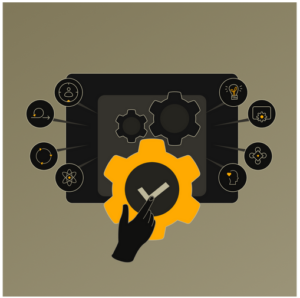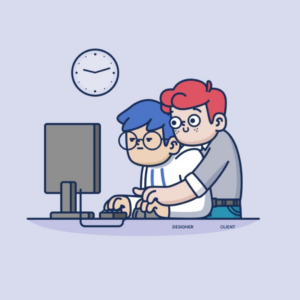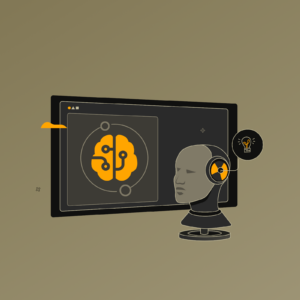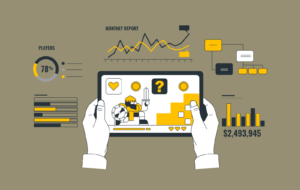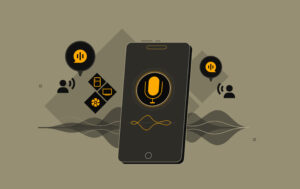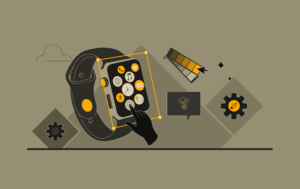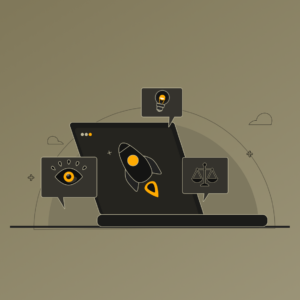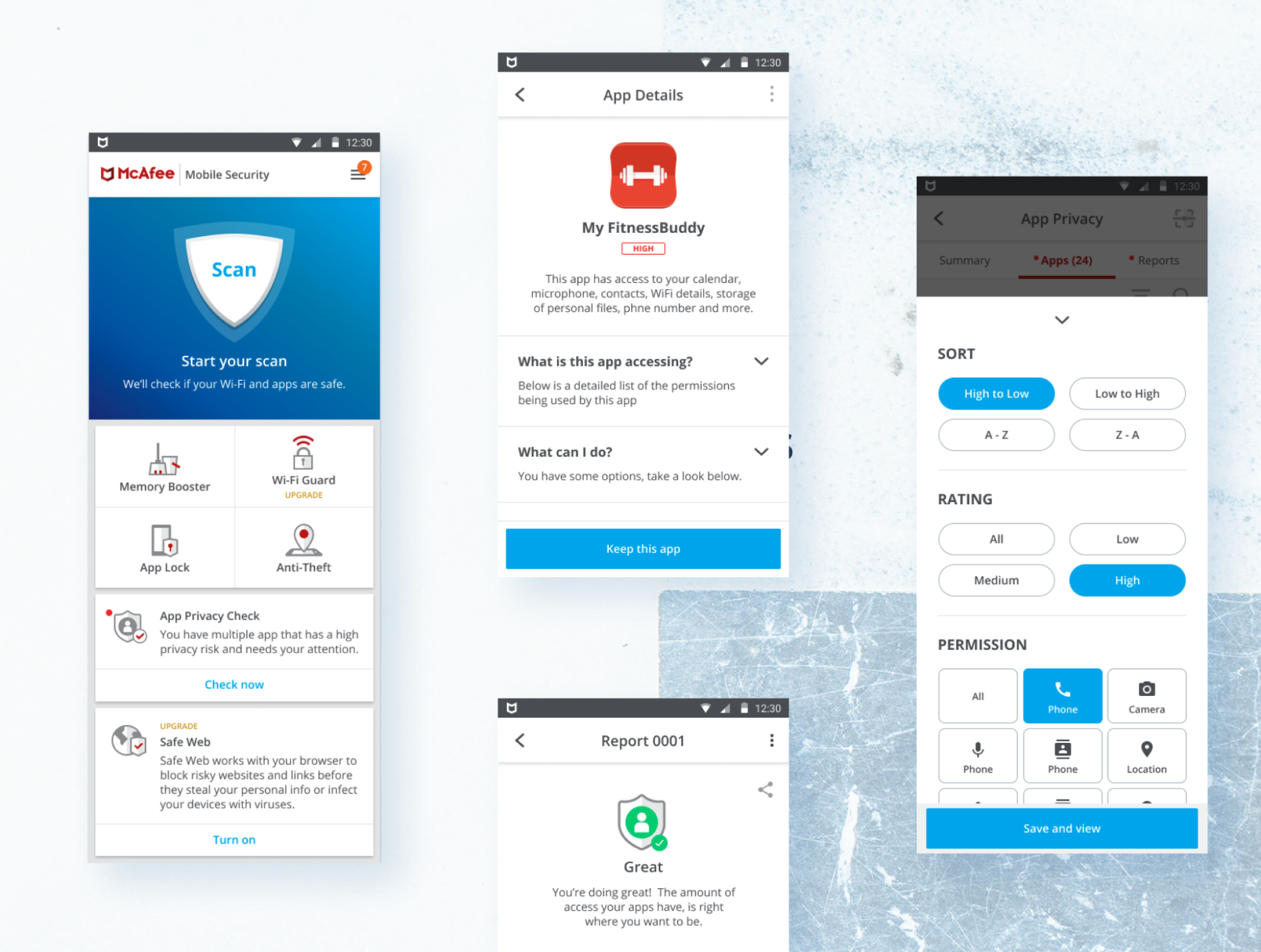In the fast-paced world of technology, user experience design plays a crucial role in determining the success of digital products. System design methodologies in UX are structured approaches that help designers create efficient, user-friendly, and aesthetically pleasing interfaces.
This article explores various methodologies used in UX UI design, explaining their importance and how they are applied in real-world projects.
8 key System Design methodologies
1. User-centered design (UCD)
User-centered design is a framework that emphasizes the importance of designing for the end-users’ needs, behaviors, and attributes. The UCD process involves multiple stages:
- Research: Understanding user needs through observations, interviews, and other techniques.
- Design: Creating designs based on research data.
- Prototyping: Developing quick and simplified versions of the product to explore ideas.
- Testing: Gathering feedback from users to refine the design.
This iterative process helps ensure the final product is tailored to meet the users’ needs effectively.
2. Agile UX design
Agile UX Design integrates the principles of agile software development with UX design. It focuses on the rapid iteration of design concepts and prototypes, tested and refined in quick succession. The core components of Agile UX include:
- Sprints: Short, consistent cycles in which new features are designed, implemented, and tested.
- Collaboration: Regular collaboration between cross-functional teams, including designers, developers, and stakeholders.
- User feedback: Continual testing and feedback incorporation into the design process.
This methodology helps teams adapt quickly to changes and continuously improve the product based on real user data.
3. Lean UX
Lean UX is derived from lean manufacturing practices and focuses on achieving the desired outcome with minimal effort, waste, and time. It emphasizes:
- Build-Measure-Learn: A loop that focuses on building a Minimum Viable Product (MVP), measuring its usage, and learning from the data.
- Removing Waste: Streamlining the design process by eliminating anything that doesn’t add value to the user.
- Empowerment of Teams: Encouraging all team members to suggest improvements based on their direct observations and insights.
Lean UX helps teams focus on the actual value of the design, reducing the risk and cost associated with delivering UX/UI projects.
4. Atomic design
Developed by Brad Frost, Atomic Design is a methodology that builds interfaces from the smallest units (atoms) to complex compositions (organisms and templates). This structured approach allows designers to create consistent and scalable design systems by reusing components efficiently. For instance:
- Atoms: Basic building blocks such as buttons, text fields, and icons.
- Molecules: Groups of atoms bonded together, like a search form (input field + button).
- Organisms: Groups of molecules joined together to form a distinct section of an interface, like a header (logo + navigation menu).
- Templates: Page-level objects that place components into a layout and demonstrate the design’s underlying content structure.
- Pages: Specific instances of templates that show what a UI looks like with real representative content in place.
5. Design thinking
Design Thinking is a problem-solving approach widely adopted in UX design. It focuses on understanding the users at a deep level, beyond superficial needs or wants. This process includes:
- Empathize: Learn about the audience for whom you are designing.
- Define: Construct a point of view based on user needs and insights.
- Ideate: Brainstorm a range of crazy, creative ideas.
- Prototype: Build real, tactile representations for a subset of your ideas.
- Test: Return to your users for feedback.
Using Design Thinking helps designers to innovate, focusing on user outcomes and feedback throughout the project lifecycle.
6. Design systems
A design system is a comprehensive guide for project design, including styling guides, UI patterns, and reusable components. This methodology is pivotal for maintaining harmony across a complex product or set of products. Design systems ensure consistency, which helps with user predictability and ease of use.
They also make the design process more efficient, as designers and developers can reuse elements and patterns, knowing they’ve been tested for performance and accessibility. It supports:
- Reusability: Components are designed to be reused, reducing development time and increasing consistency.
- Scalability: Makes it easier to scale the design and development process as the project grows.
7. Gestalt principles
Gestalt Principles are psychological principles that detail how humans perceive visual elements as unified wholes. This theory helps designers understand how users will interpret and interact with design. Principles such as proximity, similarity, continuity, and closure are crucial for creating intuitive and user-friendly designs. They guide designers in how elements should be organized on a page to communicate certain messages effectively and create a cohesive feel.
8. Emotional design
Donald Norman’s concept of Emotional Design argues that the emotional response to design plays a crucial role in the success of a product. It involves designing products that elicit positive emotions from users, thereby enhancing user engagement and satisfaction. Emotional design can be achieved through:
- Aesthetic Designs: Creating visually pleasing designs that evoke a positive emotional response.
- Interactive Designs: Making the interaction itself enjoyable and satisfying.
- Reflective Designs: Encouraging personal attachment and deeper reflection through storytelling and identity-building features.
Integrating methodologies
These strategies are not mutually exclusive. Many successful designs result from blending these methodologies to suit the project’s specific needs, resources, and team dynamics. For instance, atomic design can be part of a larger design system, while design thinking could guide the overall strategic approach of a project.
By selecting and combining these methodologies appropriately, designers can effectively address complex design challenges and create high-quality, user-centric products.
Incorporating these methodologies into your design practice can provide a structured yet flexible approach that adapts to the specific needs of your projects, ultimately leading to more successful outcomes.
Conclusion
System design methodologies in UX UI are crucial for creating user-friendly products that meet functional requirements while providing delightful experiences. By integrating these methodologies, designers consistently align with user expectations and market trends, leading to success.
Each methodology offers unique techniques adaptable to project needs. Whether through user-centered research, agile iterations, lean principles, emotional connections, or anticipatory functions, the goal is to enhance the overall user experience. Mastering these methodologies is essential for UX UI designers to succeed in the digital landscape, ensuring products are both functional and enjoyable.


